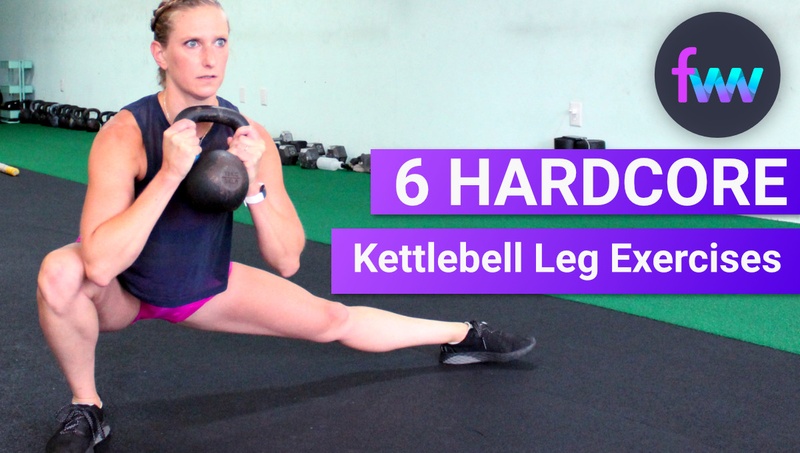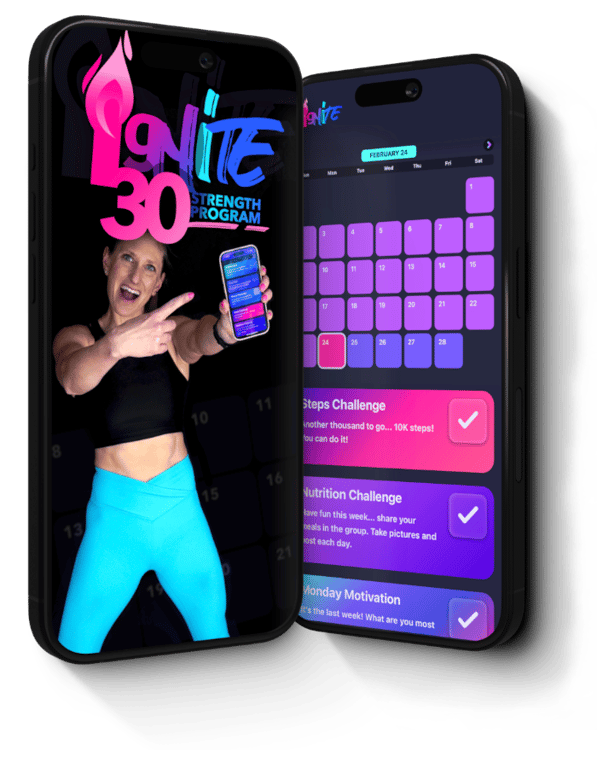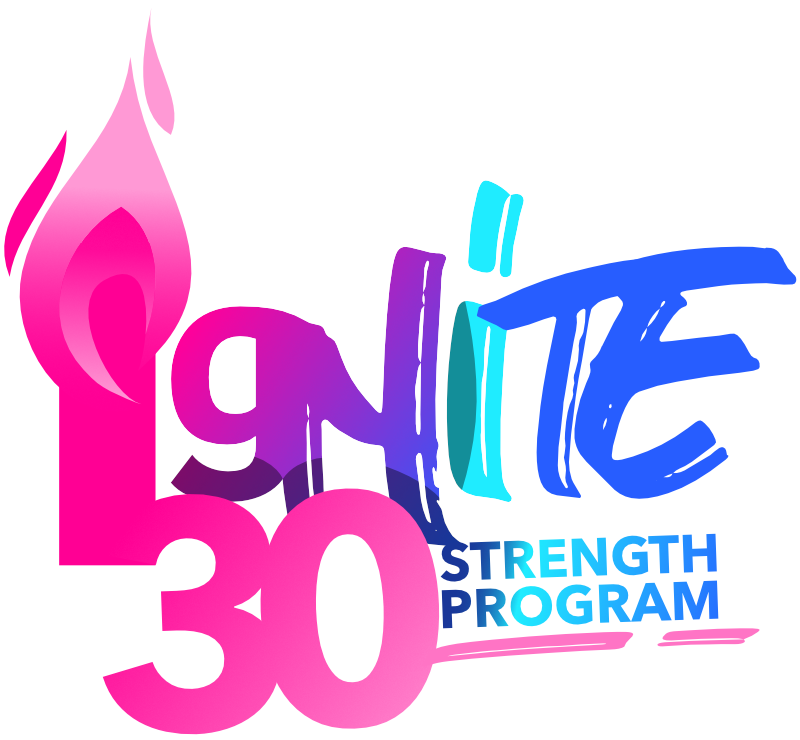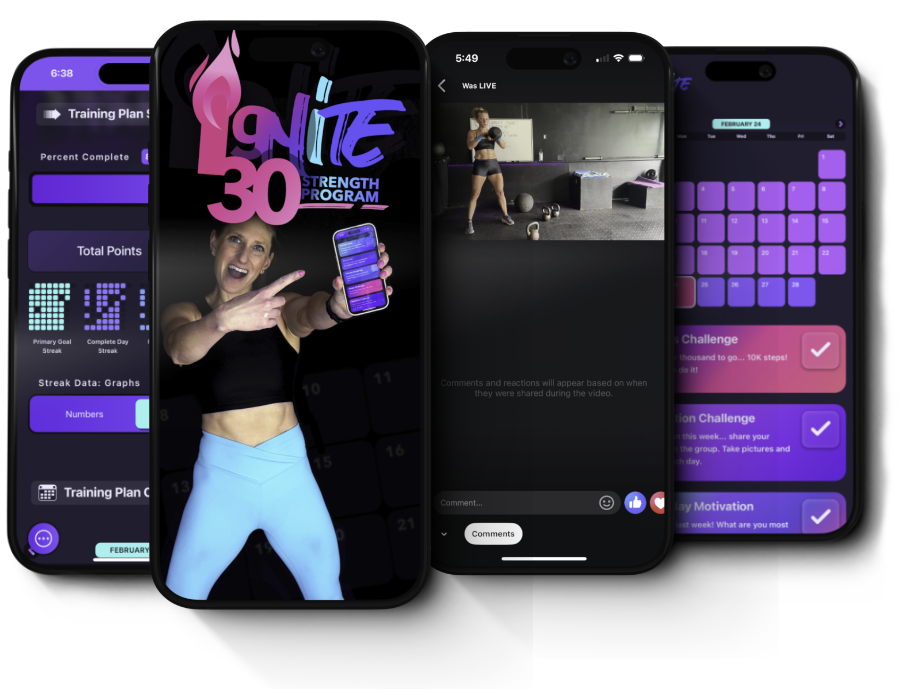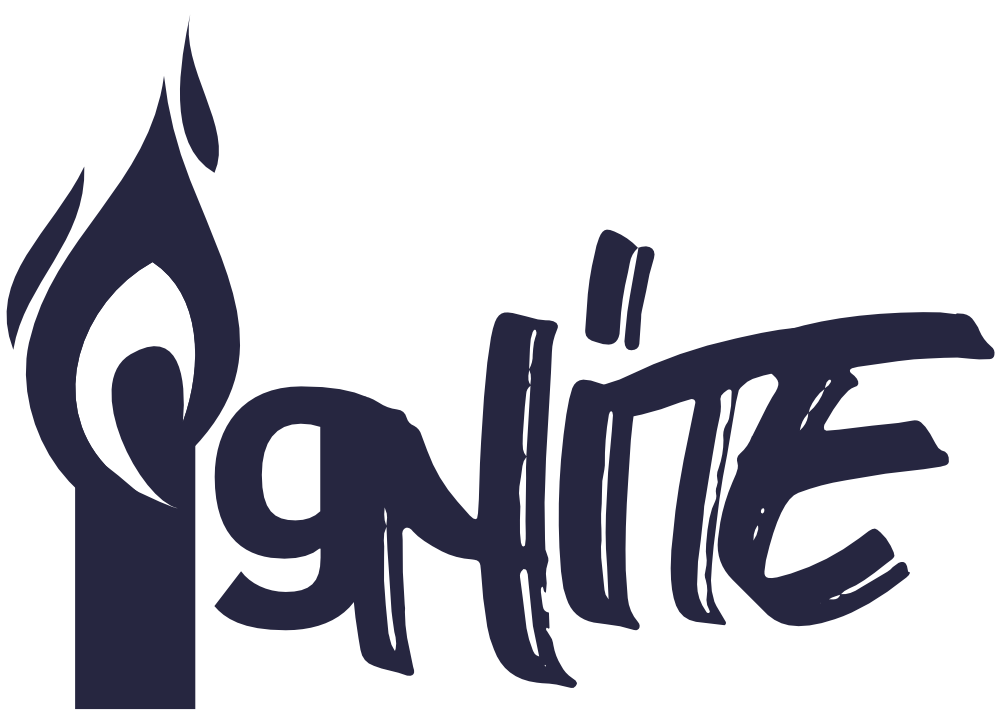I find that kettlebells are mostly an upper body style of strength training.
Mainly the shoulders at that.
Think about your last kettlebell workout...
-
Lots of cleans...
-
Snatches
-
Racked positions
So much of kettlebell workouts require shoulder endurance and strength.
You can't just squat the kettlebell without straining your upper body at the same time.
In fact... your upper body might be the weak link holding you back from squatting the amount of weight you want.

big idea
This sounds like a negative, but it's actually a huge positive overall.
Kettlebells require a level of total body strength that other styles of training can't match.
In many ways... kettlebells force you to balance your upper and lower body more than you would other wise.
Most women are severely leg dominant and lack upper body strength. So kettlebell training is actually amazing for women.
You should try negative reps for building your upper body strength .
In this post, I wanted to explore some kettlebell exercises that really hit your legs hard so you can get a little more strength when you need it.
(We'll go in-depth into kettlebell arm exercises for strength in a later post.)
6 Kettlebell Leg Exercises for Hardcore Strength
1. Swing Stops
This is super obvious, so let's get it out of the way first.
Swings are amazing for your lower body and your entire posterior (back side) chain.
But swing stops... these can take your hamstring and butt to a whole new level.
Here's what happens:
-
Start in your kettlebell swing start stop position...
-
Hike the kettlebell back to load your hamstrings and glute muscles...
-
Fire your hips and lock your legs out to the top of a HARD swing...
-
Come back down into loaded position...
-
And all the way back to your start stop.
For now you're only going to do one swing each time. The idea is to fire really hard.



Make sure you pay attention to your balance.
It's easy to find yourself falling forward on your foot or too far back on your heels. Keep good contact with your entire foot the whole time.
Good balance will also make sure your glutes and hamstrings are working the most.
As you get the hang of these, you can add in 2 to 3 swings before you return to the start stop position.
2. Squat Lunges
This is a great exercise... even though it's the combination of two exercises.
But it's how you'll connect them that really stresses your leg muscles quickly.
-
Grab a heavier kettlebell and hold it goblet style
-
Go into your squat
-
As you're coming up... before your legs are straight...
-
Drop back into a reverse lunge
-
As your coming up from the lunge... before you stand all the way up...
-
Drop into another squat
-
Rinse and repeat
You can focus on one leg by always lunging back with that one leg... or you can alternate legs and go for longer rep sessions.


This is so brutal on your legs for one reason... time under tension.
You're never letting tension get out of the muscle because you're never fully standing up.
This time under tension is muscle endurance. You'll feel a burn very quickly.
But it's more too...
Because you're combining a squat with a lunge... you're hitting your leg muscles in a complete way. You're getting more than if you were just squatting or lunging on your own.
You will love squat lunges and come back to them over and over again when you need a brutal leg exercise.
3. Suitcase Lunge Pulses
I put this exercise on the list because it always slams my legs hard.
Here's what happens:
-
Grab two heavy weights
-
Because you're holding them at your side... you can go heavier as you won't be stressing your upper body nearly as much.
-
Make sure you have good balance...
-
Lunge back with solid muscle tension
-
As you're coming back up... try not to fully lock your leg out...
-
And drop right back into another lunge
-
Stay on one leg only for a set number of reps
This is similar to squat lunges with time under tension.




You're focused on one leg only and you're trying to never fully lock the leg out... so your muscle is always working.
But what makes this exercise different is the amount of weight you can use.
With most kettlebell leg exercises... you're holding the kettlebell at chest level in rack... goblet... or cannonball.
Here, you're in suitcase so you can go much heavier and drop the rep count for a more maximal style of training.
Now the "weak" point will be your grip... but you're only trying to do 6 to 12 reps max with this exercise.

form tip
Put an old t-shirt or sweatshirt under your back knee.
This is mainly for comfort, but I also like a let my back need touch the ground.
Just make sure when your back knee does touch the ground... you don't let up tension in your front leg. Keep the muscle squeezed and active.
I love adding suitcase lunges into my leg workout days. I think you will too.
4. Split Squats
Split squats are one of my favorite exercises.
It's as close to doing a single leg (pistol) squat, but you don't have to worry about mobility as much... and you can go heavy.
I do enjoy going heavy.
-
Make sure you have a box, chair, cooler, or bench.
-
Grab your old t-shirt or sweatshirt as well for your back foot... I actually use a yoga mat for my back foot.
-
The key is to find YOUR distance from the box...
-
You want to be able to go all the way down into the squat and up... not too scrunched... not too stretched out. Check out the pictures.
-
Mark this spot with something so you can find this distance with ease as you go back and forth with your legs.
-
Ditch your shoes if you're wearing them... you need good balance here.
-
As you squat down... make sure your knee is moving to the outside of your foot. Active the arches of your feet.
-
Try to get your back knee all the way to the ground (if possible).
-
Come up with control.
This is a hardcore leg exercise that's perfect for kettlebell training.


Think about all the different ways you can hold the kettlebell or kettlebells:
-
Goblet
-
Rack
-
Double rack
-
Suitcase
-
Single suitcase
-
Double suitcase
-
One side racked... one side suitcase...




The combinations can go on and on... which technically applies to other exercises on this list as well.
5. Light Deep Squat Holds
One training method most people forget to work on is mobility and range of motion.
Most people are hampered by a limited range of motion just as much by strength.
For example your hips.
-
Can you get into a low squat with ease?
-
Can you do a low side lunge with ease?
-
Can you move your knee over your foot in a squat or lunge without pain or your heel coming up off the ground?
The best way to improve a position... is to get in that position correctly and stay there.


Do low squat holds with a light kettlebell.
Do low side lunges with light kettlebell.
Use these positions to work on balance and ankle mobility.
Even though it's not strength focused it has a direct impact on your overall strength.
After all... what good is being crazy strong if your strength is limited to a specific depth or range of motion?
6. Holds To Slow Contraction
This last "exercise" is not really an exercise... but a method of how to approach all the exercises we've talked about to this point.
The hardest part of nearly any exercise is the end range of motion...
It's the moment when you go from eccentric to concentric.
Here are some examples...
-
Changing from going down in a pushup to going up... tough depending on depth.
-
Changing from going down in a squat to up... tough depending on depth.
-
A bent over row... depending on weight in this case starting the upward (concentric) motion can be very tough.
It's good to practice this position.

Here's how...
Since we're talking about legs... let's do a normal goblet squat or racked squat.
-
Choose a weight that is tough. You may have to experiment until you find a weight that suits you just right.
-
Have a box or cooler or something low you can squat to.
-
Start squatting... slow and in control with tension in your legs.
-
Once your butt barely touches the box... stop.
-
Keep tension in your legs and hold for a moment.
-
Slowly start coming up.
-
After a few inches... slowly go back down.
-
When you barely tap the box... slowly come back up.
You want to find the spot where it's very tough but doable.
Where you're forced to twist your feet into the ground hard and keep hardcore tension in your legs.
This is your end range and the stronger you get here the easier squats will become and more depth you'll be able to get.

form tip
Notice how your upper body is fatiguing at this point. It's probably going to be the case that your upper body fatigues faster than your legs.
Personally, I don't like doing back squats with a barbell... but this is great opportunity to use a barbell to help hold more weight without fatiguing.
I will use two kettlebells and rather than rack them... I'll get them higher on my shoulders so I can do a few more reps.
I want you to be aware that other parts of your body will fatigue faster causing failure... not necessarily your legs or the muscle you're trying to work.
One more thing...
There are different end ranges you can work on... different depths.
Each depth has a weight that will be perfect for you.
Typically, the lower you go... the less weight you will need.
Also keep in mind... in a squat for example...
You can go all the way down if you have good mobility. Once you're all the way down... it's easy to disengage your legs. Try not to do this.
Use These Kettlebell Leg Exercises and Concepts
Add these to your workouts.
-
If your workouts call for squats... see if you can do squat lunges instead.
-
If you're doing swings... for at least one circuit substitute swing stops.
-
It's okay to substitute during workouts... so get creative and change things up.
Use the concepts in this article.
Practice end range of motion... practice mobility...
These things will get you stronger faster and improve your performance on nearly all exercises across the board.
Try FWW LIVE And Let's Workout Together!
Fit Women's Weekly LIVE is our premium fitness program with a very limited membership.
We host three LIVE workouts every day.
Each day has it's own strength theme like Leg Day Wednesday... or Kettlebell Friday.
And even better... we've built training plans to help you structure your workout schedule.
-
Each premium training plan is 30 days long.
-
You get recommended workouts if you're unable to join in LIVE.
-
Every day has small challenges to help you get better results.
-
You collect points... build streaks... and as a result... transform your body.
Our FWW LIVE app will handle everything for you.
Get in before the limited spots fill up by trying FWW Live free for 14 days today!
There's no obligation to join after your trial and we won't pressure you to join.
But you have to see what we offer... it's unlike any other fitness program or app you've tried before!

